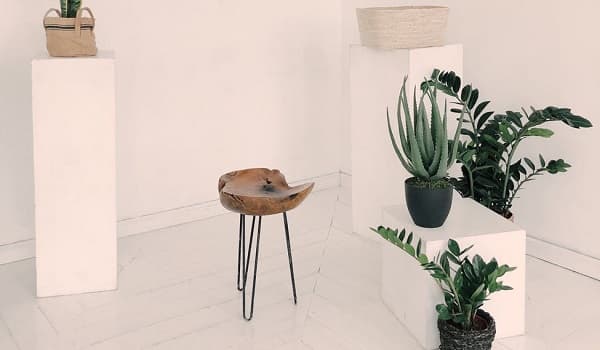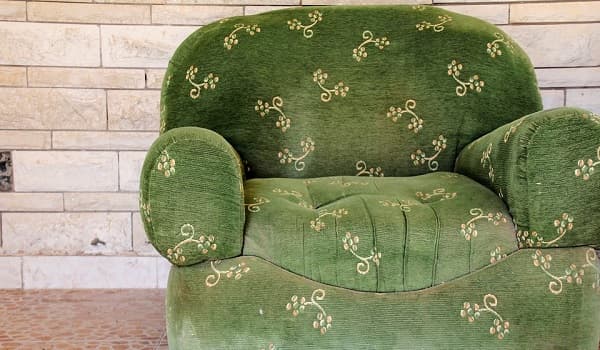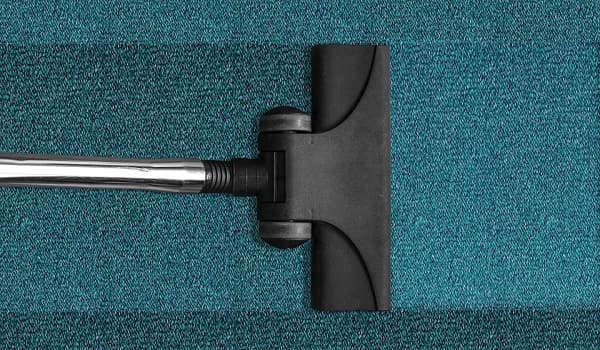Home » Home Decor » Interior choices to improve indoor air quality
No one can deny the fact that excessive environmental pollution is one of the most pressing issues of our age. Unfortunately, it is not difficult for outdoor pollutants to find their way into our homes.
Our homes – which are supposed to be our sanctuaries.
Even when indoors, we face a serious dilemma: we are still unsafe! Because it is not entirely possible to prevent pollutants from invading our home spaces.
But several modern technologies can help to check their influx. Advanced HVAC systems and certain home construction design aspects are quite useful for this purpose.
Apart from outdoor pollutants, we are also vulnerable to those released solely indoors. The materials used in interior constructions, installations, and other furnishings can produce several toxins. These reduce indoor air quality by noticeable degrees. When this happens, a number of allergic conditions can afflict home inhabitants.
Our interior choices, then, can be seen to play a decisive role in maintaining good indoor air quality.
Read on below to find out how – exactly.
1.Fresh air flow

We know that outside air is normally saturated with pollutants. But indoor air is several degrees poorer in comparison. The reason being that everyday living gives rise to toxins, which often don’t have an outlet to move out. Therefore, opening windows and ensuring ventilation becomes essential.
Keeping the windows open for five to ten minutes daily lowers the concentration of toxic chemicals.
In warmer countries like Pakistan, indoor heat becomes a major issue. Homeowners often hesitate to keep windows open during the daytime. By way of a solution, they can try installing blinds. These provide more freedom for controlling light entry, and ensure privacy.
2.Indoor plants

Indoor plants are intelligent interior choices. They not only serve to beautify rooms with their added texture, but also act as natural indoor air filters. And the best part about indoor plants is that they offer you a lot of variety. Some notable specimens that you should consider for your home spaces include snake plants, aloe Vera, chrysanthemums, and English ivy.
3.Toxin-free materials

Many interior design materials seem tempting because of their gorgeous looks. However, a large number of these can be responsible for releasing higher concentrations of toxins into the air. Flooring materials, window glass, wall paints, upholstery fabric, etc. can all give rise to poor indoor air quality. So it’s wise to first consider what you’re dealing with – and then invest!
4.Regular cleaning

We all understand the importance of cleaning, but please know that it is not just about preventing germs and keeping appearances. Regular and proper cleaning can help clear out toxins, and check their further development. Spaces like under the bed, and other tight nooks in the home, are vulnerable to excessive toxins congestion. Carpets and upholstery that has been left unwashed for too long are susceptible to the same problem.
So it’s a good idea to have them washed regularly with chemical-free cleaning products. Changing them completely after the end of a season is an even better one.
5.Smart home controls

Several home automation installations can help you monitor indoor air quality. They can give you timely recommendations on things like ‘when to open the windows’, or ‘when the air has become severely polluted’. Additionally, smart devices and applications control the use of electronics and appliances that release toxins into the air.
If you don’t have any of these nifty gadgets in your home, now might be a good time to head on over to the electronics store.
If you have other suggestions for improving indoor air quality, please share them in the comments section below. As always, we’d love to hear from you!



